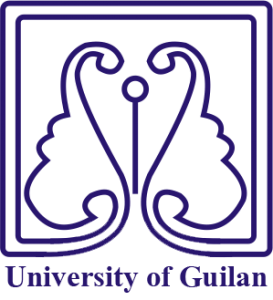ABOUT ME
Ali Chaibakhsh Langroudi - Ph.D. in Mechanical Engineering
Ali Chaibakhsh is an associate professor in Mechanical Engineering at the University of Guilan (since 2009). He received his B.Sc. degree in 2002 from the University of Guilan in Mechanical Engineering, Rasht, Iran, and his M.Sc. and Ph.D. degrees in 2004 and 2009 from K.N. Toosi University of Technology, Tehran, Iran under supervision of Prof. Ali Ghaffari. His research interests are intelligent systems including neural networks, fuzzy logic, and soft computing techniques and their applications in industrial processes. His special expertise areas are within modeling, control and fault diagnosis of thermal power plants.







